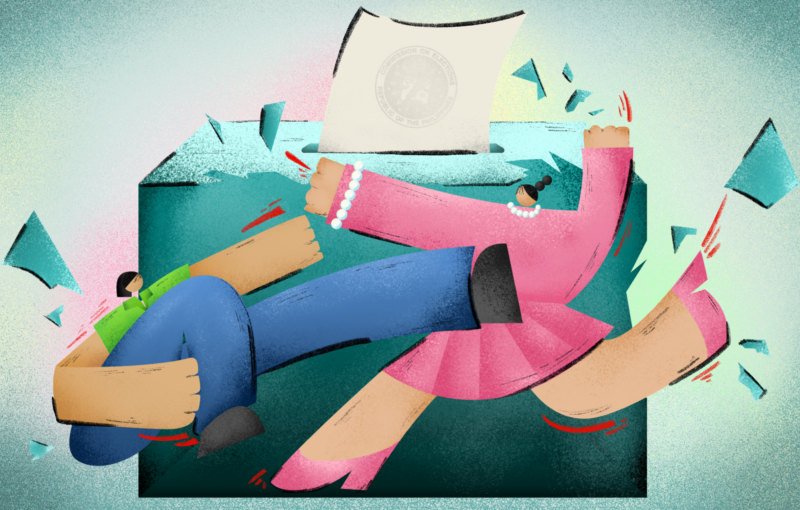On November 8, 2013, the Philippines was hit by Yolanda (international name Haiyan), a category five typhoon, one of the strongest in recorded history. The damage was unprecedented—almost 4,000 deaths as of press time, P461 billion worth of damage and a population left to deal with the wreckage. Aid trickled in slowly and continues to do. Meanwhile, conflicting reports on the death toll abounded—at one point set at a devastating 10,000, then decreasing to 2,500 before settling at the current figure. Reports circulated of looting and killing in Tacloban City. We heard stories of tragedy and stories of hope and people of all walks of life came together to mourn the dead and tend to the living. The overwhelming response from the world has been a source of great inspiration. Organizations, corporations and individuals found their own ways of helping those in need. As we saw in the Ateneo, the community came together to prepare and send over 80,000 relief packs in a span of five days. Rousing as the relief efforts have been, though, the world must turn its attention to the systemic problems that aggravate calamities such as this. The storm’s strength was caused less by nature’s cruelty than by humankind’s cumulative negligence. This isn’t simply a problem of individual consumers exhausting natural resources; it’s a question of global corporations abusing the Earth to its limits. The long-term solution, then, has two facets: Disaster preparedness and environmental awareness. More organized systems must be implemented to prepare the country for a storm like this. Evacuation should not be the only premeditated solution to natural calamities. Power and communication are expected to fail in the event of strong storms or earthquakes, so setting up preventative measures and contingency plans will be instrumental to locating casualties. The reconstruction of main roads, ports and infrastructure are some of the main concerns when it comes to rebuilding the lives of the survivors. However, the destruction of these pathways can be avoided if they were built to withstand disasters. A system for international efforts for recovery is also crucial. Though help and support may come from all over the globe, channels for the efficient distribution of these goods will assure benefactors of their receipt and will lead to a speedy recovery. But no matter how prepared we are for destruction wrought by nature, the only permanent measure against these disasters is to stop exploiting the Earth and its resources. As Yolanda’s record-breaking winds have shown, even the worst can get worse. As disasters all over the world are becoming increasingly devastating as a result of global warming, there is an increasing need for states to come together to remedy the damage that has already been done. And while individual efforts are important, what is imperative is for governments around the world to enact measures to curb environmental destruction, not just for Filipinos, but for humankind. This time, we took the blow for the rest of the world; it may not be the last for us, or for them.






